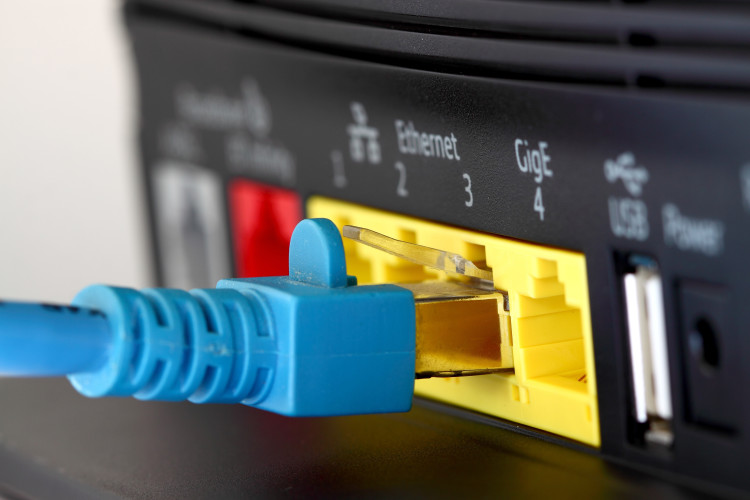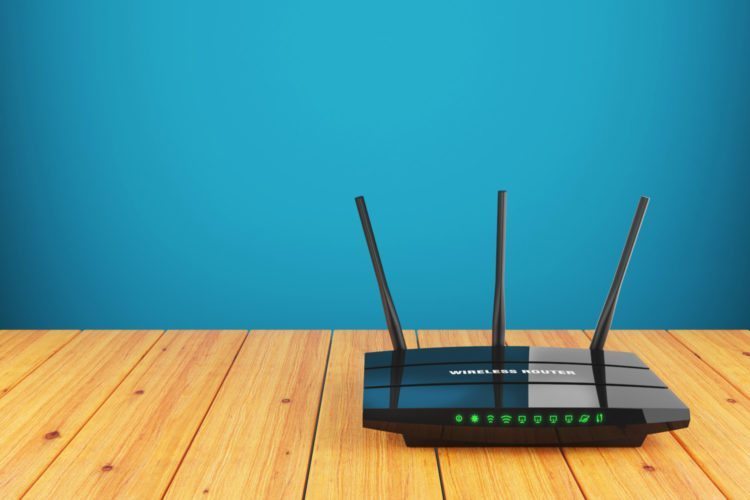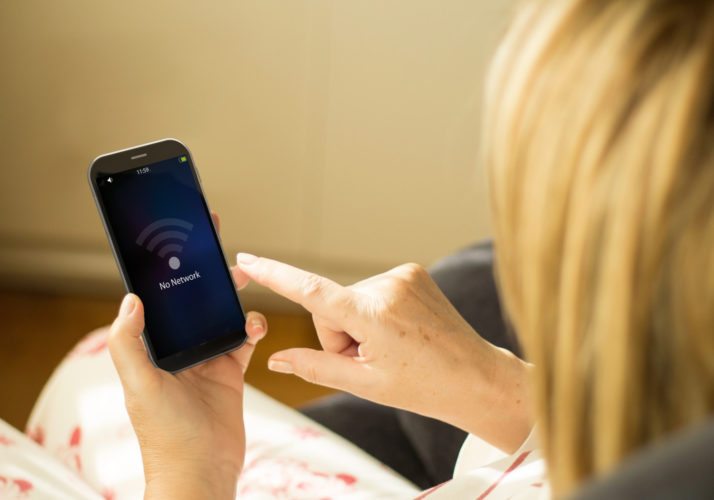How To Legally Hack Your Wi-Fi And Make It Way Better

In August, the Federal Communications Commission passed a rule that would have banned devices with radios from allowing people to modify their firmware, according to Hackaday. What is firmware? Read about it here.
This was really bad news for super nerds who might want to hack their wi-fi to help improve its capabilities. Thankfully, though, the FCC altered its plan so that people can still hack their wi-fi without breaking the law, according to Lifehacker. Nerds, rejoice!
Now, hacking your wi-fi is no simple feat. It will take some time and patience and probably quite a bit of digging around mysterious, extra-nerdy internet forums. But you can do it. Here are three simple steps to legally hack your wi-fi so that you can monitor it in real time, keep your video streaming and music downloading fast, boost your wi-fi security, and crank up your wi-fi performance so that you can access it in any corner of your home, according to Lifehacker.
1. Learn A Bit About Custom Router Firmware
By “hacking your wi-fi” I technically mean installing a custom firmware on your wi-fi. What the heck is firmware? The simplest definition is that it’s the programs that help a device do its thing or do whatever its meant to do, according to Crutchfield. Installing custom firmware for your router will allow you to have more control and access to how your wi-fi functions. But, first, you’ll have to know a bit about the different types of firmware.
Lifehacker says there are three well-known ones:
- OpenWRT is open source and customizable, but it’s not the easiest to install, according to Lifehacker.
- DD-WRT is apparently way more user-friendly, according to How To Geek. The only reason you might not be able to use it is because it supports fewer routers than OpenWRT.
- Tomato is another popular custom firmware, and it’s even easier to install and use than DD-WRT, reports Lifehacker. The one problem with Tomato is that it was last updated in 2010, which means it might not support really new routers, says How to Geek.


2. Find Out Which Firmware Works For Your Router
Thankfully, you won’t have to go fishing around in nerd forums just yet. All of the firmwares listed above have lists of devices that they support. Here is OpenWRT’s, here is DD-WRT’s and here is Tomato’s.
If you aren’t sure what kind of router or device you have, try checking the sticker on your router. You’ll likely also need the router’s default gateway and IP address. Step two on this WikiHow list helps you find that for either a Mac or PC.


3. Install The Firmware
Here’s the tricky part, and where you might have to turn to nerdy online forums for help if you get lost. How To Geek explains the installation process in a way that sounds simple:
You’ll want to follow the firmware’s instructions to go through the installation process. However, the process is generally as simple as downloading the appropriate firmware file for your device, visiting the Upgrade Firmware page in your router’s web interface, and uploading the third-party firmware through this form. The router will then replace its original firmware with the third-party one.
Once you’ve found what kind of router you have and you’ve downloaded the appropriate firmware for it, then you’ll have to open your router’s web interface. You can do this by entering the IP address or the default gateway into your internet address bar.
It will look something like https://192.168.1.1, according to WikiHow. The router’s web interface should open in your web browser. From there, you should be able to find an “upgrade firmware feature” in advanced settings or administration, according to WikiHow. You can select your custom firmware from your downloads and follow the instructions until your upgrade is complete.
Voila! Well, maybe it’s not that easy, but you can do it, and it will be worth it.







